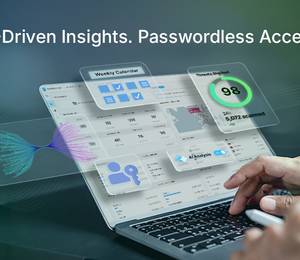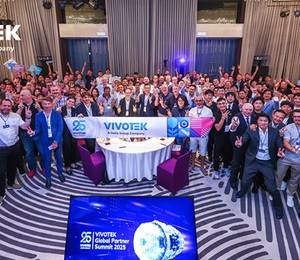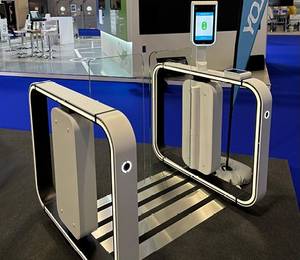Neurotechnology, a provider of deep learning-based solutions and high-precision biometric identification technologies, has released a new Face Verification system.
Face Verification 12 integrates facial authentication and liveness detection into PC, mobile and web applications for digital onboarding, payment, banking, telecommunications and other face recognition uses on personal devices.
The new facial recognition algorithm provides better accuracy for both facial recognition and liveness detection compared to its predecessors. It also includes a new encrypted biometric template format with a compact dimension. This compact template size makes it easier to store biometric data on small microcontrollers or to include it in a QR code with other data, improving the product’s overall versatility.
The new version also introduces a web service component that provides server-based performance for all operations. This was previously available only for mobile devices and PCs.
Face Verification 12 adds an improved passive mode to both mobile and server components. This new mode can detect various types of spoofing attacks, including masks, videos, photos and others without the active input of users. Additionally, a new liveness modality includes an improved blinking detection algorithm, adding to the previous Face Verification SDK.
The new SDK component of the Face Verification system also allows users to export the face biometric data that is generated and use it to perform enrollment and verification on smart cards that integrate Neurotechnology’s MegaMatcher On Card 12 algorithm.
This smart card technology performs on-card face template comparisons and can be used as an additional authentication factor for applications that require a very high degree of security.
Face Verification 12 has a licensing model that accounts for only the number of persons that have effectively used the deployed system, regardless of whether the enrollment or liveness check took place on mobile or web. Thus, enrolled biometric data can later be verified in a variety of authentication scenarios and without extra operational costs.
"We see an increasing demand for face recognition technology for consumer applications," said Antonello Mincone, Business Development Manager for Neurotechnology. "However the requirements vary widely, depending on the location where data is stored, where the biometric checks are perfomed and the different privacy and security regulations involved.”
“Face Verification 12 responds to this demand with a new web service component and smart card compatibility that expand the architectural capabilities for face authentication. It allows system integrators to easily implement and deploy different enrollment and authentication workflows for mobile, web and hybrid applications," Mincone added.












